The CMP Review — Week of April 21
April 21, 2025

“We of the P.N.E.U. do not speak without knowledge; we have practised our doctrine for a score of years with satisfactory results. We find that children brought up largely on books compare very well indeed with others who have been educated on a few books and many lectures; they love books which are books, and they love knowledge for its own sake. They have generous enthusiasms, keen sympathies, a wide outlook, and sound judgment, because they are treated from the first as beings ‘of wide discourse, looking before and after.’ We speak that we do know in urging parents not to be content with any method of education for their children which does not include a liberal and wise use, at first hand, of the best books.” (C. Mason, “Opinions and Principles”, PR21, p. 33)
@tessakeath
April 22, 2025

One beautiful spring morning in 2016 I entered St Mary’s Church in the village of Rydal. I was joined by fellow pilgrims to the Lake District, and I sat near the pew that William Wordsworth claimed as his own for prayer and worship. My friend Rev. Benjamin Bernier stepped to the pulpit and began to read from a paper. “What a grand opening to the Collect for Easter Day,” he began.
He was reading from the last known Scale How Meditation of Miss Mason. Composed less than 2 years before her death, it captured Mason’s mature thought on the relationship between this life and the next. I sat transfixed, transported by Bernier’s voice to a century before when Mason spoke the same words to her students.
Or perhaps it was not I who was transported. Perhaps it was simply that for a moment a veil was lifted and I sensed that Mason and her students were not really gone. They were alive in Christ, as alive as Mason’s own meditation on the Resurrection.
I invite you to take a moment this Easter Week to hear this same meditation read by Jennifer Talsma. It speaks about the wonder that a tomb could not contain, and it points to the day when all other tombs will be emptied too. Find it here.
@artmiddlekauff
April 23, 2025
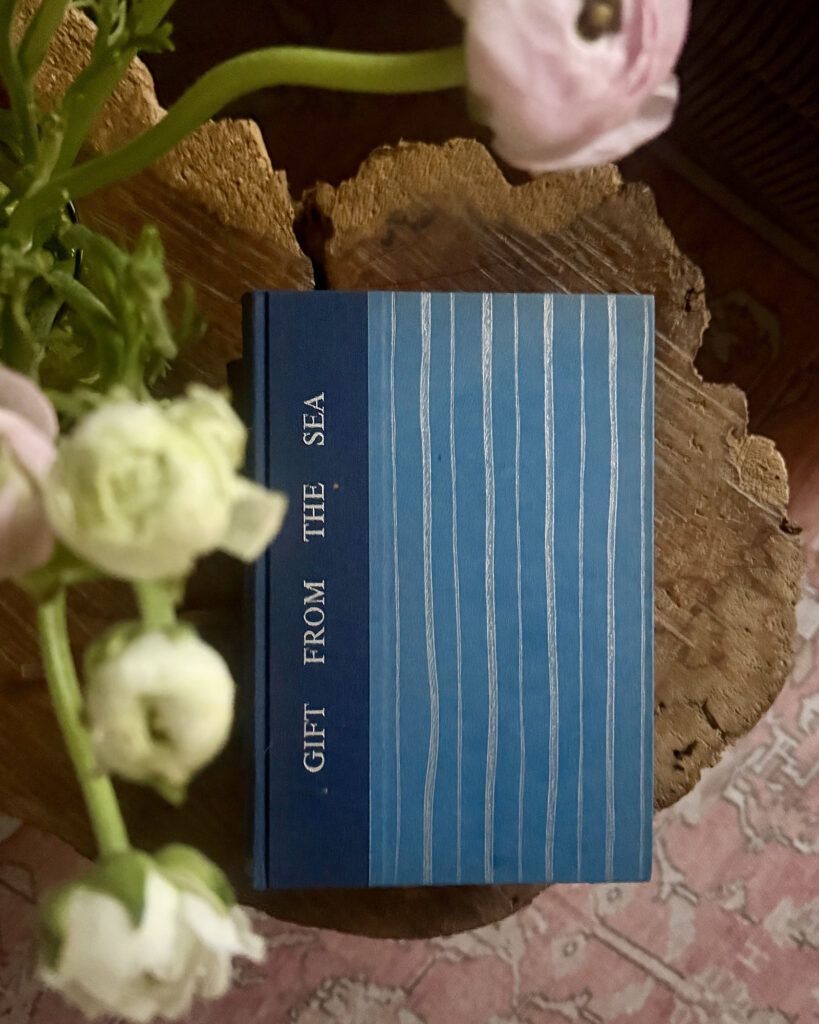
This book, by aviator and writer Anne Morrow Lindbergh, gives form to the author’s thoughts on problems many of us face regardless of our age, sex, economic or social status, and lived experiences:
In a harried, hurried life, how do we “evolve another rhythm with more creative pauses in it, more adjustment to [our] individual needs, and new and more alive relationships to [oneself] as well as others”?
It was also written during Anne’s retreats to the sea with her sister. Since I’m currently on retreat with my own sister—albeit to the mountains—it’s been the perfect read.
@rbaburina
April 24, 2025
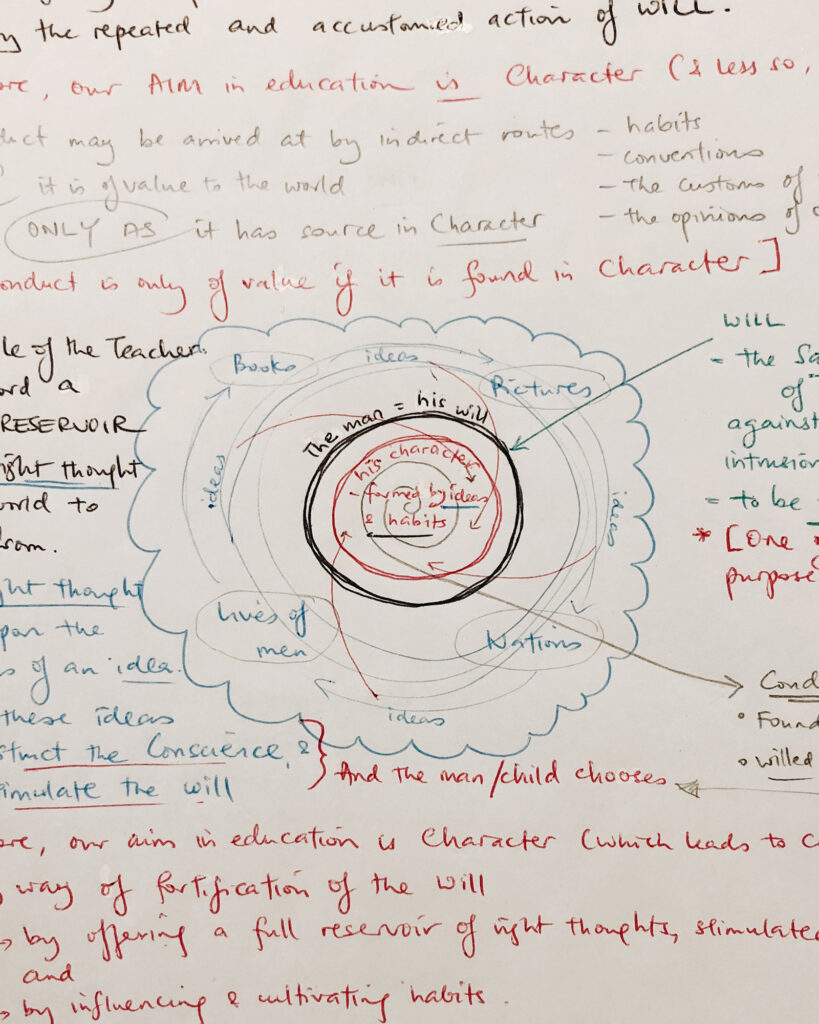
Charlotte Mason observes that there are two kinds of reading: (1) casual reading, and (2) reading to know.
Mason defines casual reading as “vague reading round a subject without the effort to know.” It “affords entertainment, and perhaps an occasional stimulus to thought.”
By contrast, when we read to know, “all the acts of generalization, analysis, comparison, judgment, and so on, the mind performs for itself.” If we doubt this, she says that we — parents and teachers — should try mentally narrating a chapter of Jane Austen or the Bible. “The degree of insight, the visualization, that comes with this sort of mental exercise is surprising.”
I believe both kinds of reading are available to us through all of life. In the Idyll Challenge, I recommend that parents and teachers read Mason’s own volumes to know. That’s why we discuss what we read, for “knowledge is not assimilated until it is reproduced.”
I was struck by the diagrams drawn by someone reading Parents and Children to know. This person did not wait for our monthly meeting to reproduce knowledge in a “form of vitality.” Rather, this person captured the “visualization that comes with this sort of mental exercise” on paper.
It is a reminder that Mason’s principles of learning apply to persons of all ages. Children are born persons. Parents and teachers are persons too.
@artmiddlekauff
April 25, 2025





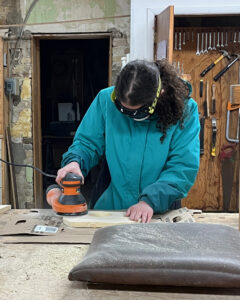
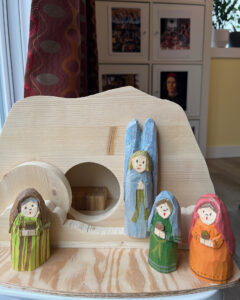
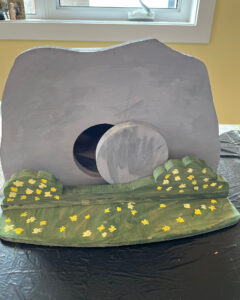
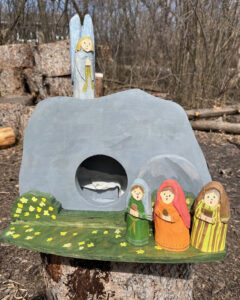
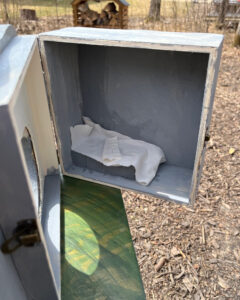
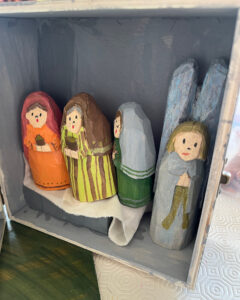
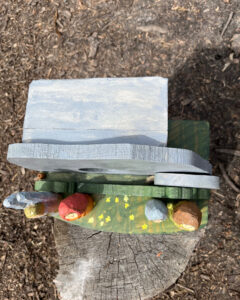
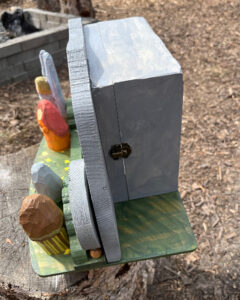
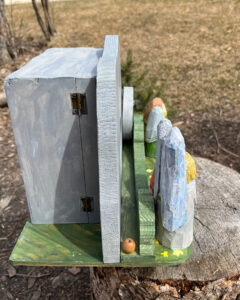
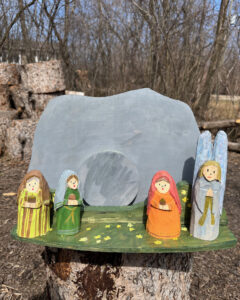
“Do not be afraid: I know that you are looking for Jesus who was crucified. He is not here; for he has been raised, as he said!” (Mt 28:5-6)
Another diorama to aid the pre-school aged children at our church to engage with this part of the story of the paschal mystery. The figures were lovingly carved and painted by Serafina, with some help from a friend and his many electric saws to create the empty tomb structure itself, complete with flowered bushes and the rollable stone. She even has the burial cloths inside, so the children can see the place where Jesus lay, but where he is no longer. I quite like the detail of the surprised mouths on the women. And as she was working with 2″x2″ pieces of wood, I was unsure of how she would accomplish depicting the angel’s wings. I was pleasantly surprised and impressed by her solution.
@antonella.f.greco
April 26, 2025

“How can you give a better understanding of the beauty of color than from the rich glories of ranunculus, delphinium or hollyhock; of the laws of design than by study of the delicate wings of the butterfly, the curious and wonderful construction of the goldfish, or the spirals of a ram’s horn! How teach the laws of perspective more simply and truly than by the open stretch of land and sky, with its foreground and background, the distant objects and those close to” (P.E. Hanson, Art and Handcraft in the Education of Children).
@rbaburina
April 27, 2025
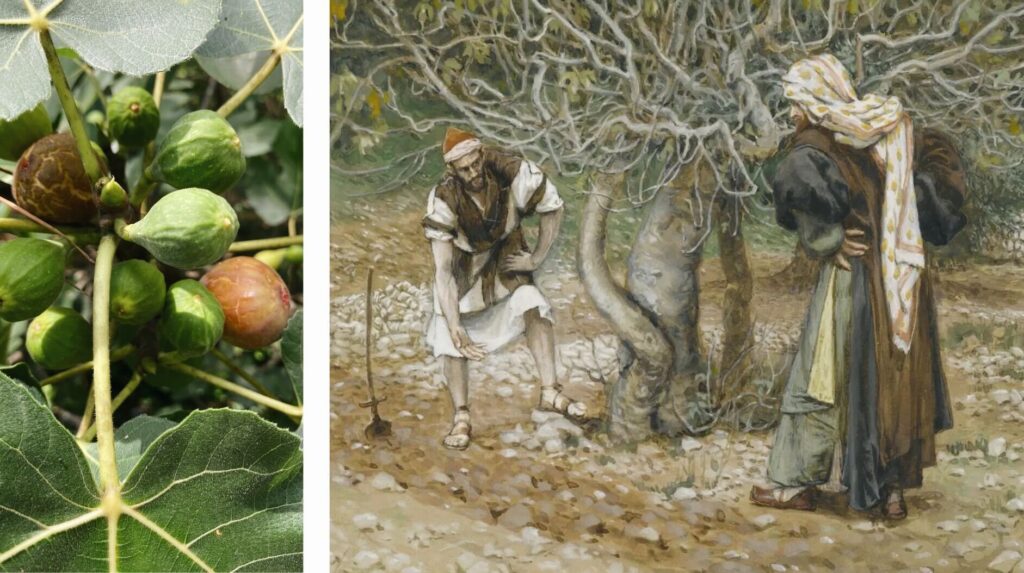
“Now let me sing to my Well-beloved
A song of my Beloved regarding His vineyard.”
So opens the fifth chapter of Isaiah. “The readers of this book can easily work out what this vineyard stands for,” explains John Goldingay. However, “for the original audience of Isaiah’s song, matters were more complicated… Isaiah appears before his audience as a minstrel singing a love song on behalf of his best friend, perhaps as his best man. It appears at first to be a touching song about the man’s efforts to cultivate a fruitful relationship or a fruitful marriage, yet worryingly its lines have the short second half characteristic of the limping lament form, which suggests that it will turn out to be a sad song.”
In Luke 13:6, Jesus begins a parable with these words: “A certain man had a fig tree planted in his vineyard.” Would his hearers have immediately thought of Isaiah’s song to his Well-beloved? But then what is a fig tree doing in a vineyard?
In Charlotte Mason’s imaginative poem “The barren fig-tree,” she enters the mindset of Christ’s first-century hearers. In verses that pose more questions than answers, she leaves us again wondering if it will turn out to be a sad song. Read or hear Mason’s poem here.
@artmiddlekauff
🖼️: The Vine Dresser and the Fig Tree by James Tissot